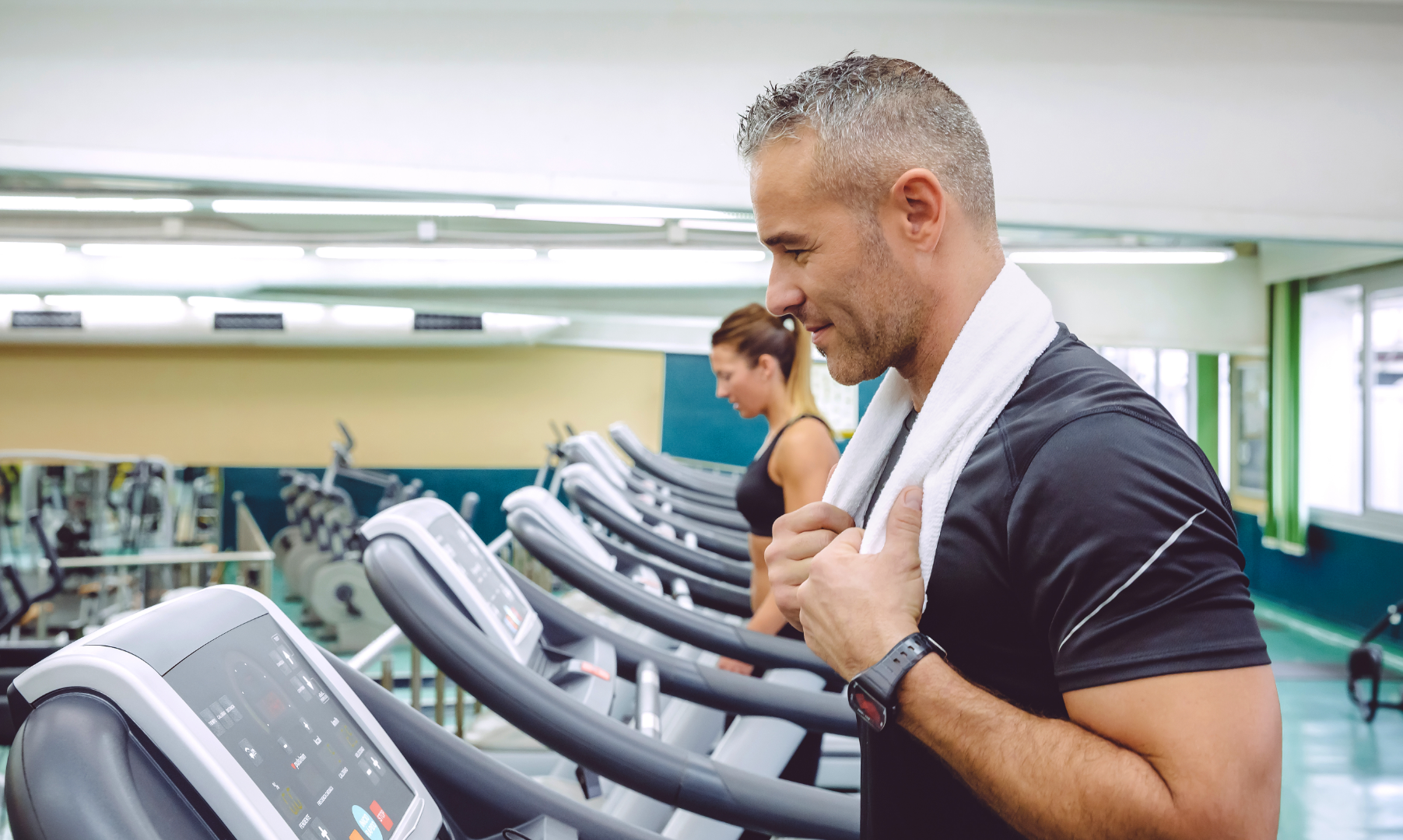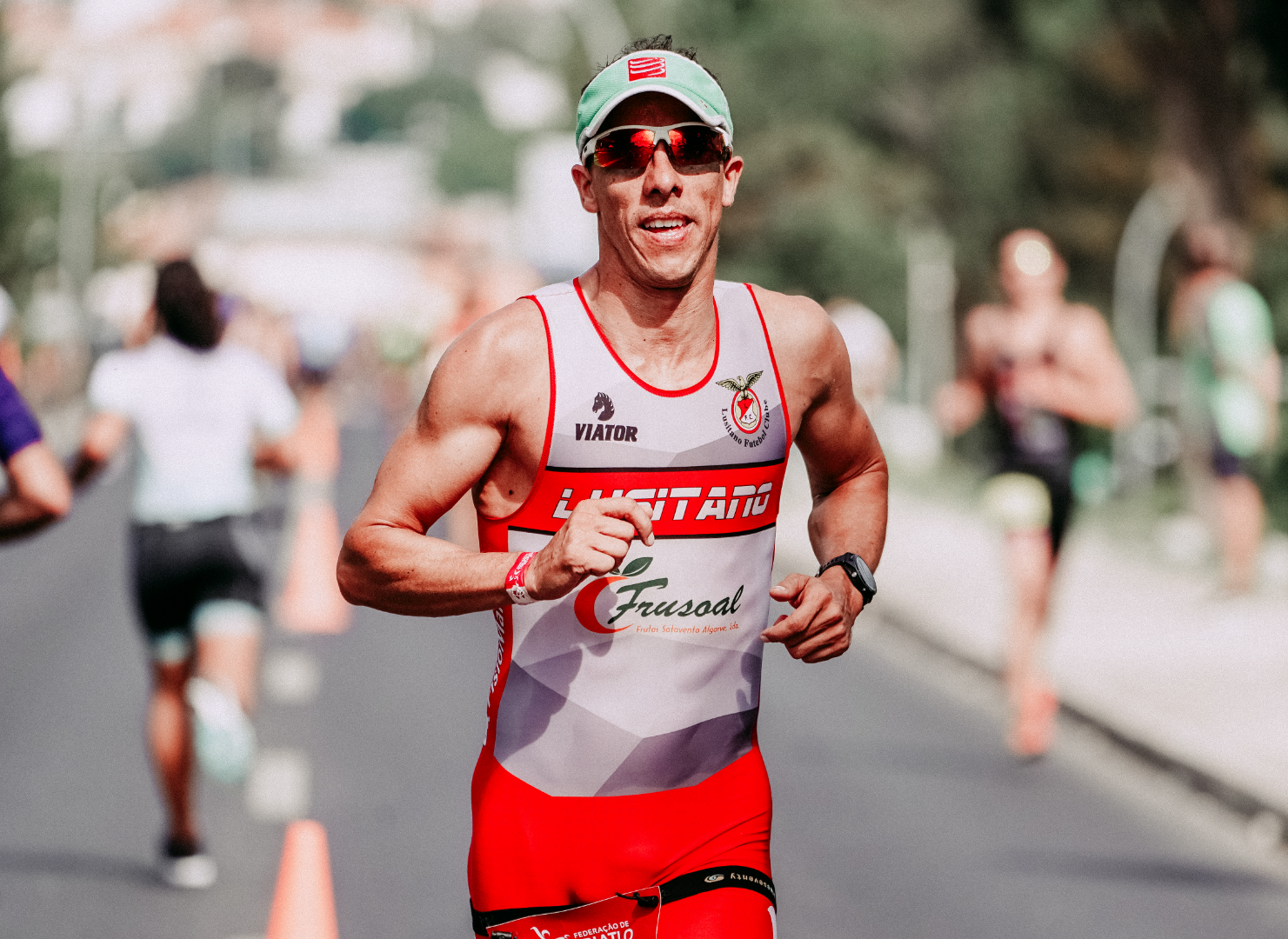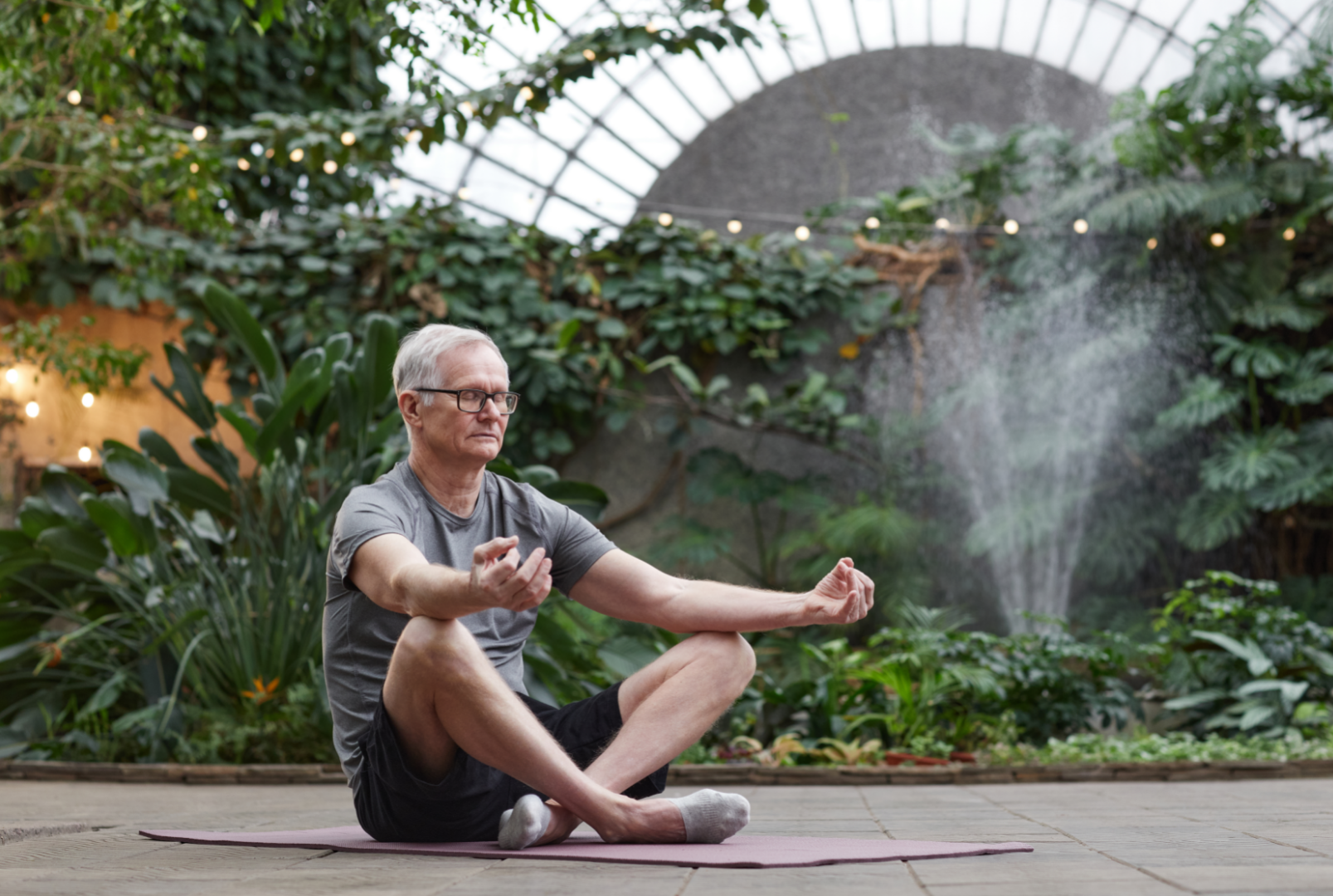Cardiovascular exercises, otherwise notoriously known as cardio, are an essential component of any effective exercise routine. However, not all forms of cardio are equal. When choosing what type of cardio you want to do, you need to take your age into account because some types of cardio become more beneficial as you age, whereas others may become more harmful.

What is cardio?
When we hear the word cardio, activities such as running and bicycling readily come to mind — and rightly so! Cardiovascular exercise is any form of exercise that requires you to exert yourself over an extended period persistently.
That’s the broad definition anyway and most forms of exercise — even weightlifting! — fit into that category. That’s why exercise scientists split cardiovascular exercise up into two subtypes.
- Anaerobic: This form of cardio entails using short bursts of energy and maximum effort in these short bursts. For example, making an all-out sprint is a form of anaerobic cardio. Anaerobic cardio doesn’t rely on oxygen as its primary energy source. Instead, it mainly depends on stored energy sources, like body fat and glucose (carbohydrates stored in muscles and the liver.)
- Aerobic: This form of cardio entails utilizing less energy over a more extended period. For example, going on a 30-minute, non-stop jog or walk is a form of aerobic cardio. During aerobic cardio, your body is using the oxygen in your blood as its primary energy source.
Both anaerobic and aerobic cardio have very potent health benefits, such as reducing the risk of heart disease, type 2 diabetes, and strokes, along with aiding fat loss, improving athletic performance, improving your mood, and improvements in blood pressure.

What kind of cardio should older men do?
As we get older, our body becomes less capable of recovering from intense exercise. Of the two forms of cardio mentioned above, anaerobic cardio is much more taxing on the body than aerobic cardio is. Not only is it more physically taxing, but it is also more mentally taxing.
Aerobic cardio, therefore, is a much better option than anaerobic cardio for older men. [Let's generalize "older men" as 40+, based simply off bodily changes.] Not only will aerobic cardio be less taxing on the body and, therefore, less challenging to recover from, but it also confers a checklist of benefits for older men in particular. Specifically, research shows that aerobic cardio improves overall health outcomes for older men, including offsetting the cardiovascular and neurological decline that is heavily associated with the process of aging.
This isn’t to say you can’t ever do anaerobic exercises. For instance, strength training is a form of anaerobic exercise that is particularly beneficial for older men. [Read: Strength Training In Your Later Years.] You should not eliminate all anaerobic exercise from your life as you age, but instead, err on the side of caution when doing so.
If you want to try an anaerobic form of cardio like sprints, it might be a good idea to limit doing this sort of cardio to no more than 30 minutes per week. That way, you can reduce the risk of injury and fatigue while still pursuing activities you enjoy engaging in.

Comparing the Two Cardios
We now know to choose aerobic cardio over anaerobic cardio. However, which exercises should we decide to do for our aerobic cardio? There are two options.
1. High-Impact Cardio: High-impact cardio is any form of cardio that places a high amount of stress on the joints (e.g. running, jogging, sprinting, jumping, and hiking).
2. Low-Impact Cardio: Low-impact cardio is any form of cardio that places little to no stress on the joints (e.g., biking, rowing, walking, yoga, and swimming).
Even for younger men, high-impact forms of cardio have a much higher risk for injury than low-impact forms of cardio. Hence, and especially as you get older, it would be prudent to opt for low-impact forms of cardio when doing cardio.

How much cardio should you do?
There is always too much of a good thing, and cardio is no exception. For example, a report by Jawdat Abdulla and Jens Rokkedal Nielsen, about atrial fibrillation in athletes compared to the general population, shows that long-distance runners — meaning, athletes who run dozens of miles multiple times a week — are at a higher risk for developing heart problems, a risk which gets worse as they age.
No need to worry, however. The U.S. Department of Health and Human Services recommends at least 150 minutes of aerobic exercise per week. This could be broken up in any way you want, but if you’d like to stick to a solid schedule, try doing low-impact aerobic cardio for 30 minutes five times per week.

Recommendations
Here are some concrete suggestions for low-impact aerobic activities:
- Go on a long bike ride.
- Go on a long walk.
- Use the elliptical machine at the gym.
- Take a yoga class.
- Take a spin class.
- Take a pilates class.
Invite your friends and family along while you’re at it! They’ll be glad you asked them to tag along.
— Daniel Lehewych

























